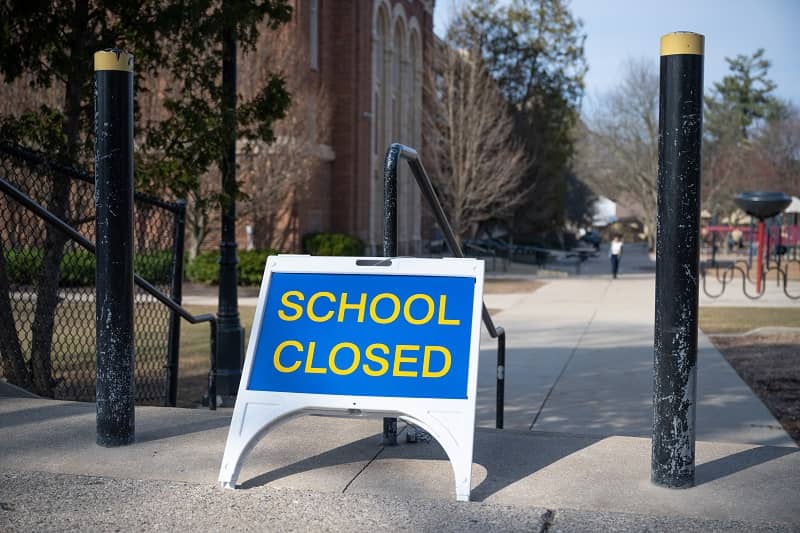
A recent document from the Confederation of Oregon School Administrators (COSA) trumpets that schools have been more effective at “controlling pay” than has the private sector. This line has already been repeated by state legislators, but it is misleading for a variety of reasons.
First, in the private sector increases in wages are a result of improved productivity. The money to pay employees higher salaries comes from doing more with the same or lower costs. In education, there is no link between employee compensation and productivity, such as student learning. School employees are paid based on education and experience, neither of which is closely linked to any measure of student achievement.
Second, to focus solely on salaries is deceptive. In school districts 30 to 40 percent of the cost of employment is in the form of benefits such as PERS, health care, tuition reimbursement, life insurance and so on. In the private sector the percentage of payroll devoted to benefits is much less, making a simplistic salary comparison of little use.
The argument made by COSA is disingenuous. Furthermore, in a state that funds education largely through the income tax those who advocate greater school spending should cheer for a vigorous economy that leads to private sector pay increases, because they are what ultimately sustain government programs.
© 2006, Cascade Policy Institute. All rights reserved. Permission to reprint in whole or in part is hereby granted, provided the author and Cascade Policy Institute are cited. Contact Cascade at (503) 242-0900 to arrange print or broadcast interviews on this topic. For more topics visit the QuickPoint! archive.











